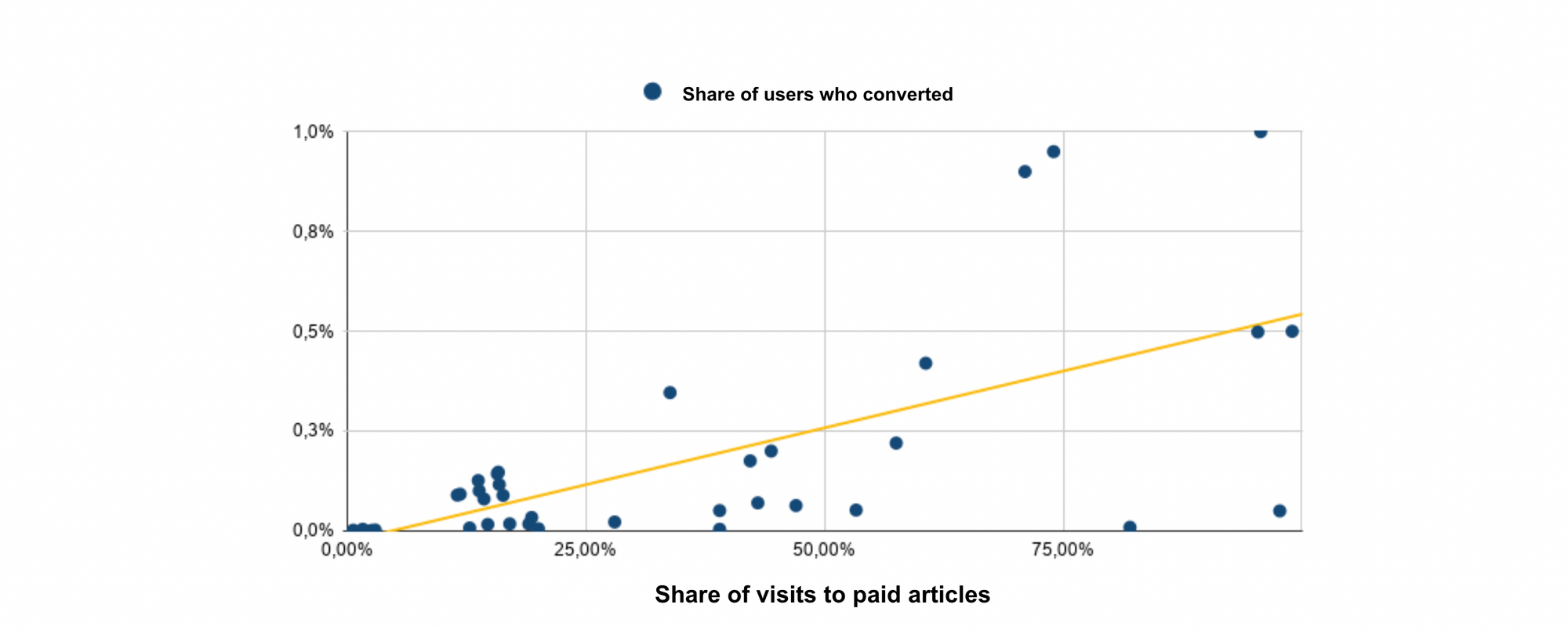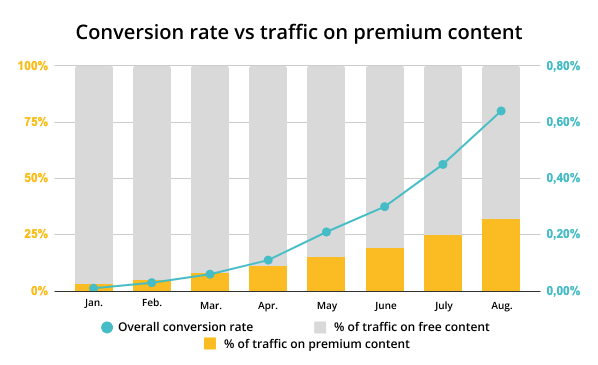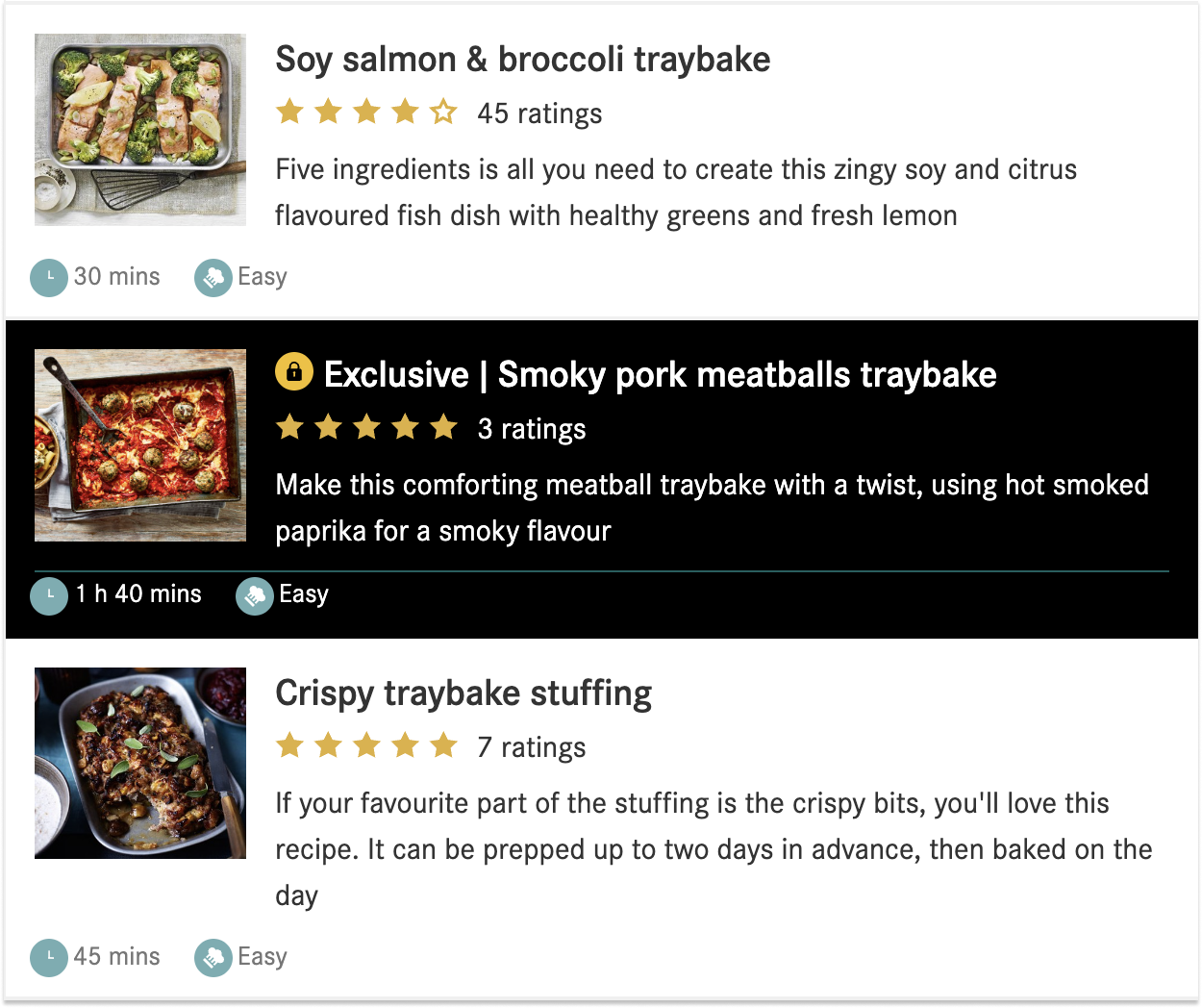

This article wrapped up:
- A decision tree, such as the one produced by our consultancy team, can prove invaluable for deciding whether an article should be free or premium
- Consider the goal of each content type (free vs premium, and even different content types within these categories)
- Traffic on paid content can be tracked and analyzed to verify your decision
Should this article be free or reserved for subscribers?
For a metered paywall strategy, the answer’s pretty well defined (although this still depends on the publisher’s strategy)…
- Some publishers block after a user has accessed a certain number of articles
- Others present the paywall once the quota of sessions is reached
- And the Peruvian publisher, El Comercio, defines metering as blocking content 24 hours after a user’s first visit
Hard paywall models are equally clear-cut: all content is blocked.
- Financial Times is perhaps the most well recognized example of this model
- Whilst others employ a softer version where the hard paywall is preceded by a soft conversion step, as is employed by Alternatives Economiques who first block a user with a newsletter wall before a paywall on the second article.
But, for publishers employing a freemium model, it’s a little trickier. Given that content needs to fall into either free (unlocked and available for all) or premium (blocked with a paywall and reserved for subscribers), the question comes down to how to best place an article.
There’s a few things to consider, best summarized by this decision tree:

It goes without saying that this tree should also be adapted to your individual strategy, content and audience.
The goal of free content:
- Increase engagement
- Prove the value that you have to offer
- Encourage re-circulation
- Promote your premium offers
- Optional: generate leads for subscription through soft conversion strategies, including registration and newsletter sign up
The goal of premium content:
- Encourage readers to convert, especially with the content above the paywall
- Provide additional value that your readers can’t get for free
- Increase engagement for subscribers to avoid churn
- Be a product in itself
How can you know that you’re making the right decision between free or premium?
There’s an extremely useful KPI that we’d recommend tracking to ensure you’re making the right choice…
Traffic on paid (premium) content.
The basis behind this indicator is simple – out of 100 articles consumed…
- How many are free (not blocked by a paywall)?
- How many are premium (blocked by a paywall)?
Note that this metric shouldn’t be confused with the quantity of premium content produced. You could, for instance, make 80% of the articles published into premium but only have 5% of traffic on this type of content, especially if you don’t work on the visibility of these articles.
Why is traffic on paid content an important KPI to track?
The first edition of The Digital Media Review, a study run by Poool and GESTE, revealed a correlation (to a certain point) between traffic in the subscription funnel/conversions and the visibility of premium content.

If a publisher has less than 10% visibility of blocked content on their site, they won’t have any, or very few, visits to their subscription page. However, if we move to 10-40% visibility of paid content, the amount of traffic in the subscription tunnel and the rate of conversion will both increase.
Notably, though, results suggest that anything above 40% of traffic on premium content leads to the correlation no longer being valid, something that shows the importance of other factors in a successful conversion strategy, such as the publishers value proposition, user experience or engagement.
Although we’re focussing here on a freemium strategy, this metric is applicable and valuable to any premium model. For instance, with metered approaches, traffic on premium content allows you to understand whether you’ve set the optimal quota of free articles offered prior to the paywall.
How can you track this indicator?
Unsurprisingly, the first step is to identify the different types of content in your analytics too to be able to compare the two.
- For Google Analytics: create a personalized group and filter based on free vs premium content
- For AT Internet: use a website indicator to do the same thing as above
- Track this indicators for regular readers as well as for subscribers
- We’d recommend tracking both over time and comparing the results with you user-to-subscriber conversion rate.
You’ll end up with a graph looking something like this:

Added bonus: How can you increase the visibility of premium content?
The assumption is that you should produce more premium content to increase the visibility of this type of content. But this isn’t necessarily the best option.
Instead, you can work on making sure that the premium content that you do produce is clearly displayed and fore-fronted on your site.
- Place premium content on the homepage
- Recommend premium content within free articles
- Add a ‘tag’ to premium content to show that it’s reserved for subscribers, alerting the user to this fact before they even open this page

- Promote premium content in newsletters, on social media, etc
- Build personalized journeys for users accessing premium content through a partner’s website such as news aggregator sites, just like JDD did with upday












